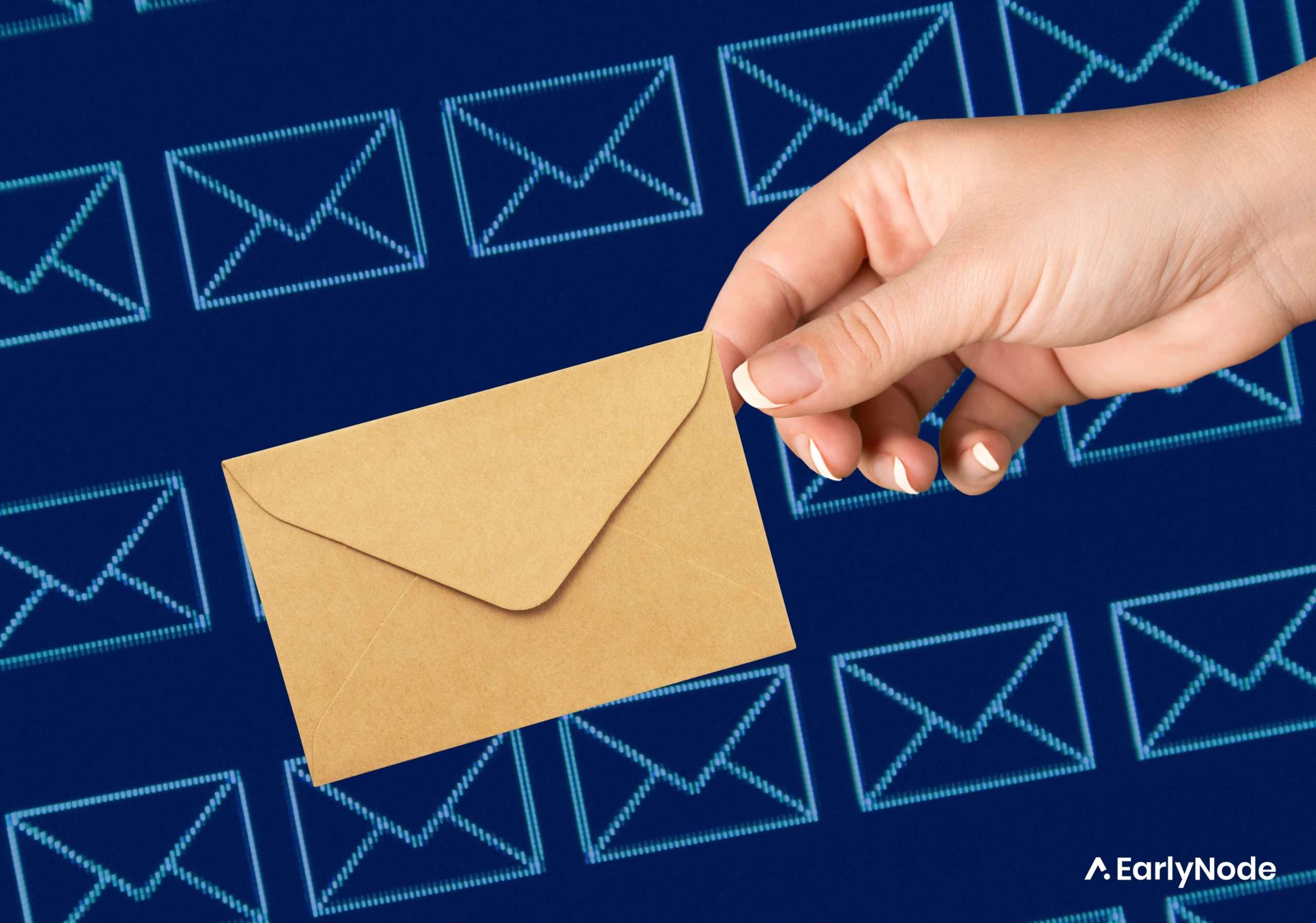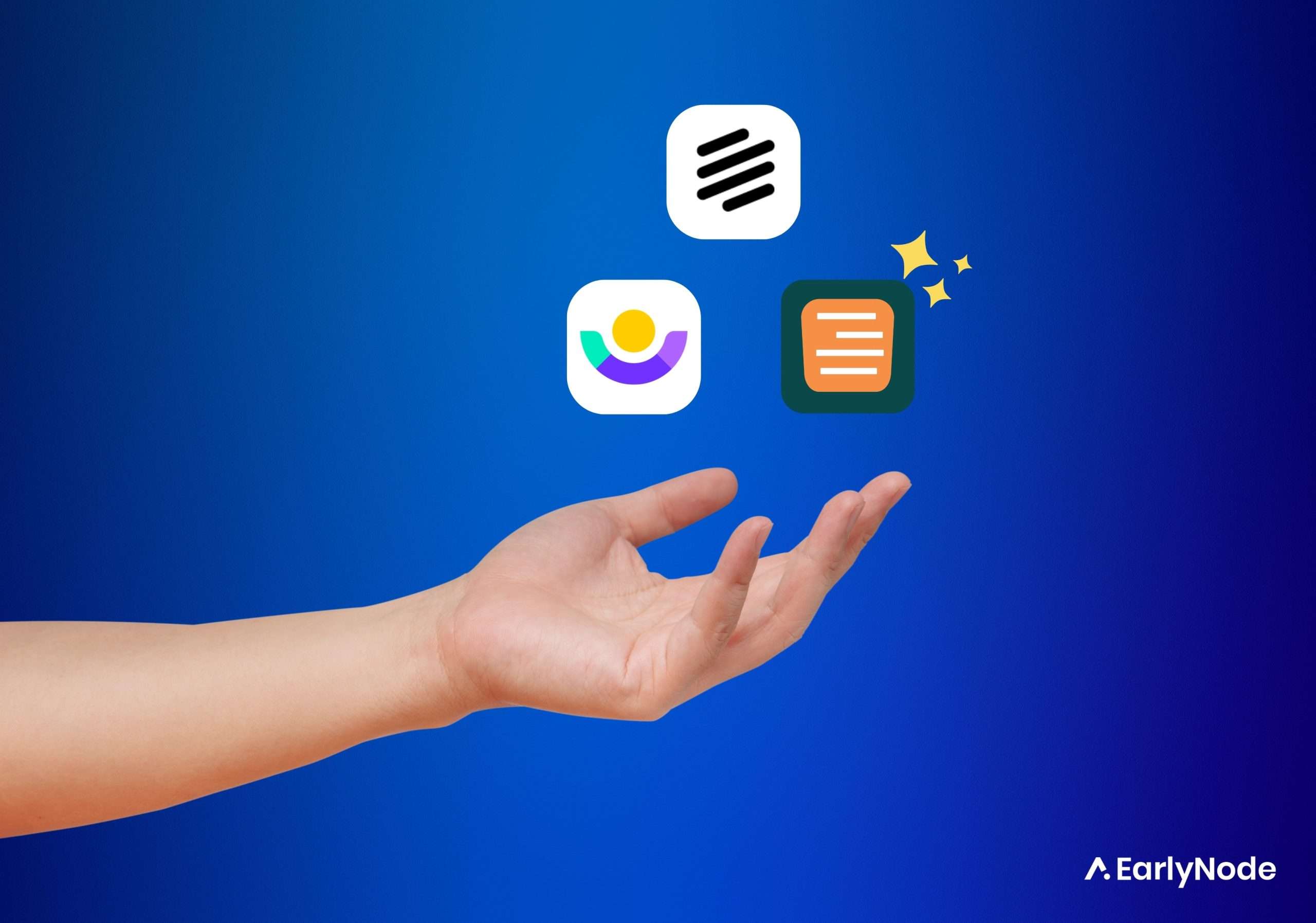Copywriting principles for SaaS product marketing managers
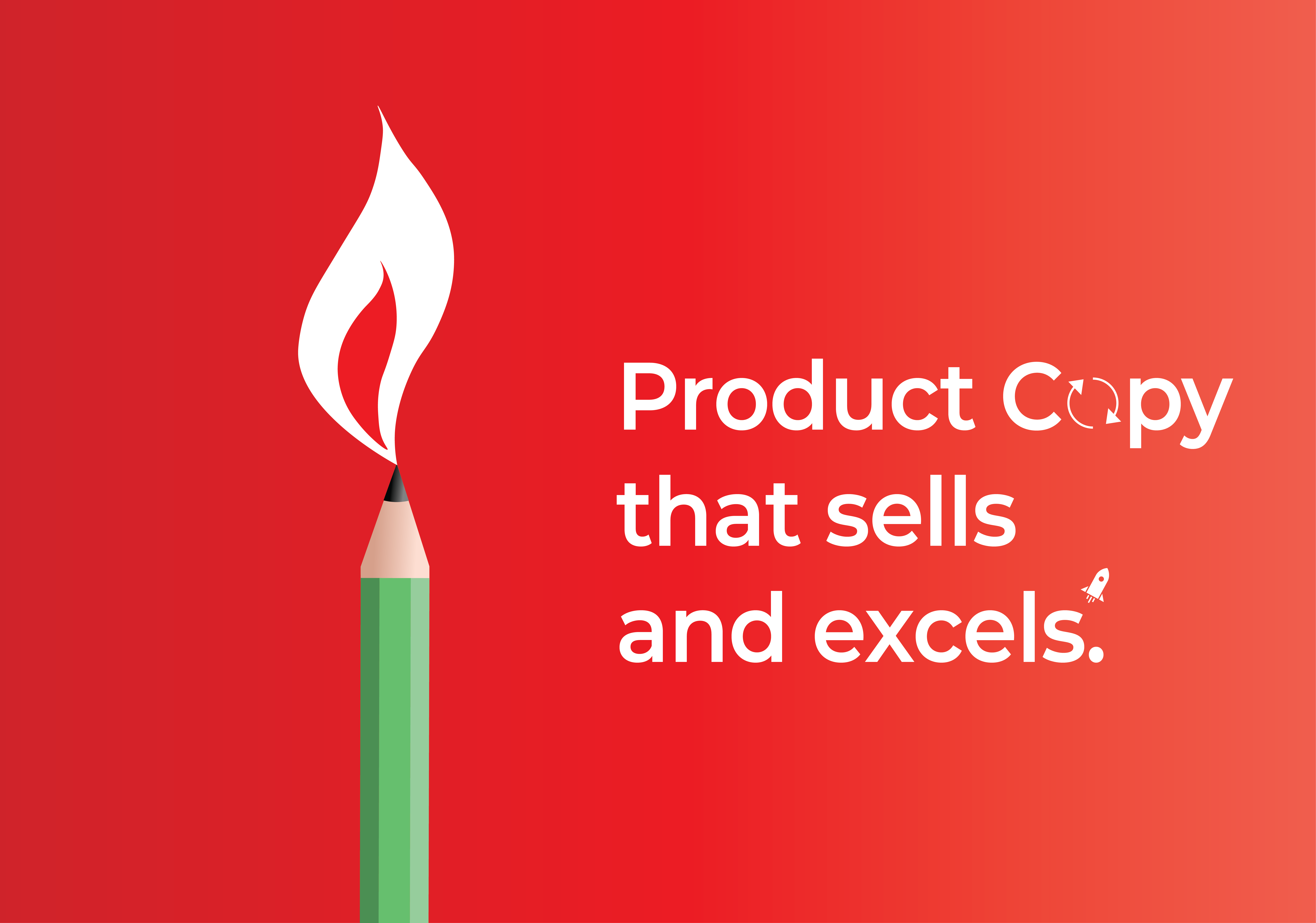
TLDR
- Copywriting is different from normal content writing. Copywriting always has the goal of making the reader take a specific action.
- A great copy starts with an attention-grabbing headline and a powerful hook.
- To boost conversions, sell value before functionality. Show how your product addresses your target’s pain points
- Use simple language to make your copy easy to understand and remove mental friction from your reader’s mind.
- Use data and statistics to back up any claims.
As a product marketer, mastering copywriting in your product marketing strategy can make your product more appealing to your audience. This guide will take you through effective principles to make your messaging stand out and drive conversions.
What is Copywriting in product marketing?
Copywriting is simply writing to get your reader or audience to take an action you want them to take. For a SaaS company, you can use copywriting to increase conversions. Either it’s converting leads to sales or getting trial users or existing customers to upgrade. But you can use copywriting for other actions too, such as subscribing to a mailing list.
Difference Between Copywriting and Content Writing
Content writing mainly focuses on writing content that educates, informs, or entertains. Copywriting is more sales or conversion-focused and is the key tool used to get customers or prospects to take a specific action. So it’s possible to incorporate copywriting inside your content writing if you have a conversion goal in mind.
B2C vs. B2B SaaS Copywriting
The difference between B2B copywriting and B2C copywriting is the audience. Even though you’re ultimately dealing with humans in both audiences, your approach will still differ slightly. We break it down further in the table below:
| B2B SaaS Copywriting | B2C SaaS Copywriting |
| You write to address multiple people in the decision-making process | You usually write to an individual |
| Addresses professionals, eg founders and executives | Addresses mostly inexperienced buyers |
| Relies a lot on facts and numbers in copy | Focuses on emotionally-based purchasing |
Why is Copywriting important in SaaS?
Copywriting uses human behavioral psychology principles to drive leads and boost conversions in SaaS. It considers your audience and product to create messaging that works for your brand. Without effective copywriting, people may not take the actions you want them to take when it comes to your product. This can dampen your product-led efforts to increase conversions or engagement.
Do product marketers write copy?
A good portion of a product marketer’s time is spent creating customer-facing content. So it makes sense for them to write copy. Whoever writes product copy should have good writing skills. They should collaborate with product management and customer success teams to understand the product and its customers to produce copy that converts.
Different Aspects of B2B SaaS Copy You Need To Get Right
Let’s look at 4 areas in SaaS where you can apply copywriting as a product marketer.
#1 SaaS home page
Your homepage is intended to make a strong first impression and generate leads. It should clearly explain what the product is, who it’s for, and whether it can solve their problems. An effective homepage will provide an overview of this and encourage visitors to learn more.
Use CTAs to invite visitors to explore further by linking to a demo or a free trial. You can also invite them to subscribe to your newsletter if you have one.
#2 SaaS landing pages
The goal of copywriting on your landing page is to get visitors to click on a specific CTA that moves them further down the sales funnel. Therefore your landing page should include product benefits and social proof, with a single clear CTA.
#3 SaaS customer emails
Email copy focuses on 3 main functions:
- Nurturing leads: Offer valuable content and provide (CTA) in order to encourage them to convert when they’re ready.
- Onboarding: Help users get started with your app, and show them tips, tricks, and walkthroughs to help them get the most value out of your product.
- Increase lifetime value: Regularly engage users with higher plans that can provide them with greater value and more benefits.
💡 Pro tip: Personalize your emails when you can to make them more relevant to the reader.
#4 Changelog copywriting
Changelogs are used to keep users engaged and in the loop about feature announcements and product updates. Generally, the copy should be simple, organized, and visually appealing.
Copywriting principles to nail your SaaS product messaging
We put together some copywriting principles to help you write killer product copy that sells itself.
Sell value before functionality
In today’s digital world where attention spans are very short, your copy should quickly grab attention. Instead of writing long copy about how great your product is, focus on why it’s great…for them.
Your copy should address your customer’s pain points. Ask these questions before writing:
- “What problems will this solve?”
- “How will my product’s features improve my client’s life?”
- “What problems do they have that they are not even aware of?”
- “What other benefits can my product offer?”
- “Why are they reading the copy, to begin with?”
Calendly does this excellently on its homepage. They highlight the key benefit of their product, which is being able to schedule meetings easily.
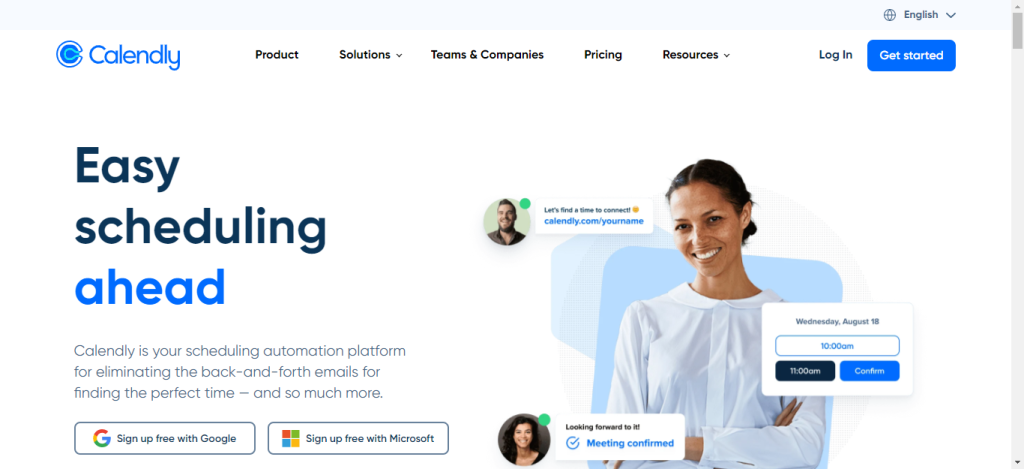
Use data and statistics
When you make a claim, back it with hard data. Numbers make a significant impact especially if your audience is B2B. Add any research facts and statistics about your product. You can represent these in infographics and share them on your blogs and landing pages.
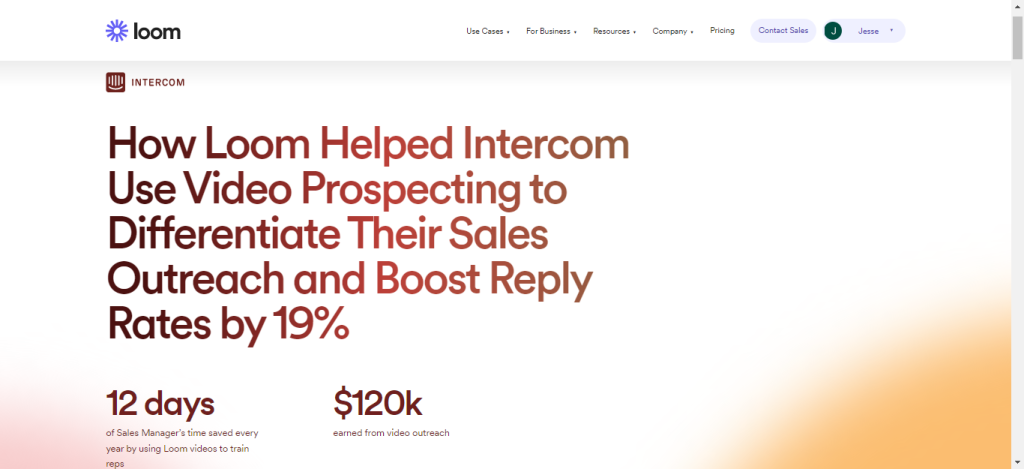
Loom published a case study of one of their clients and backed their claim with hard data
Use catchy headlines
Most readers will use your headline to decide if they’ll read the rest of your copy. It’s important to use powerful hooks in your email subject lines, landing pages, and blogs. There are some effective formulas you can adopt to create compelling headlines:
- Cut [activity] time in half: If a recurring task is time-consuming and your product dramatically shortens the time, this headline will be attractive.
- Turn [input] into [outcome]: Show audience how they can use little effort to achieve an expected outcome with the right tool (which is yours)
- Never [unpleasant event] again: This pain aversion technique shows users how your product solves the unpleasant pain point they want to avoid. This is a very strong attention grabber.
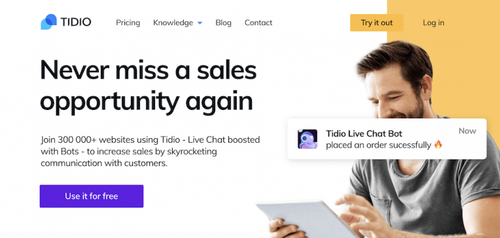
Tidio uses the pain-aversion technique to show users how to avoid missing sales with their product
Keep it simple/ Avoid jargon
You don’t need to complicate your message when you can say it in a simple way. Simple words are easy to understand and remove mental friction from your reader’s mind.
The less time it takes a reader to understand, the better. Consider infographics to minimize the number of words. It also adds a visual touch to your copy.
Be conversational
The best copy is conversational. It should make your audience feel like they’re having a natural conversation with you. Use words and phrases your audience is familiar with.
For example, assuming you write to freelancers, use words like “save time”, “easy payment processes”, etc. It makes them feel more connected to your message because they’re things they relate to.
Drive emotional responses
Customers don’t always make purchasing decisions from a purely rational standpoint. The best marketing copy always triggers emotions. You can use psychological triggers in your message to influence customers’ decisions in your favor.
3 of the most powerful triggers are:
1. Decoy pricing
This effect nudges a buyer toward a specific plan by showing another, less attractive option. This works best when a user has to choose between 2 packages. Adding a 3rd option creates a perception that the other 2 options are better.
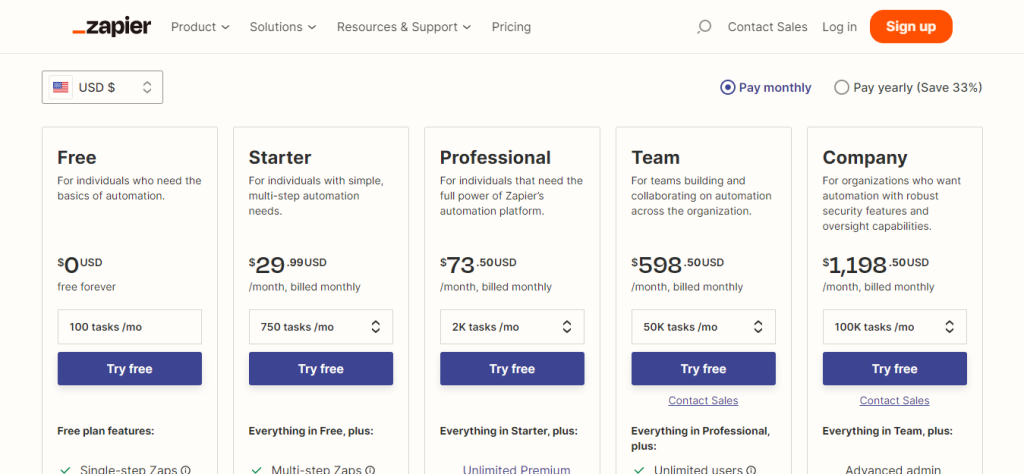
Zapier adds 2 more significantly expensive options. The idea is to show how “affordable” the Professional and Starter plans are
2. FOMO
People don’t like to miss out on good things. You can take advantage of this, for example, by offering limited one-time discounts for a higher package to urge users to take action to avoid missing out.
3. Storytelling
Telling a story is another powerful way to move your audience emotionally. The human mind is wired to pay attention to stories. One way to do this is by telling relatable stories that help customers see the value of your product in a real-world scenario. For e.g. how one customer struggled in their business before your product turned things around and they started getting good results.

Visme shares case studies using the storytelling technique
Anticipate objections
Most customers have mental blocks that prevent them from taking the next step. You can proactively eliminate these objections by cleverly answering them in the copy. As they read, it eases the uncertainty in their minds and makes them more open to your offer.
Use social proof
Social proof is one of the most powerful psychological triggers in copywriting. People tend to trust a product more when they see real evidence of others using and endorsing your product.
This is common on landing pages, where you see logos of high-profile clients on the page. Other times you’ll see a phrase like, “Trusted by [thousands]”.
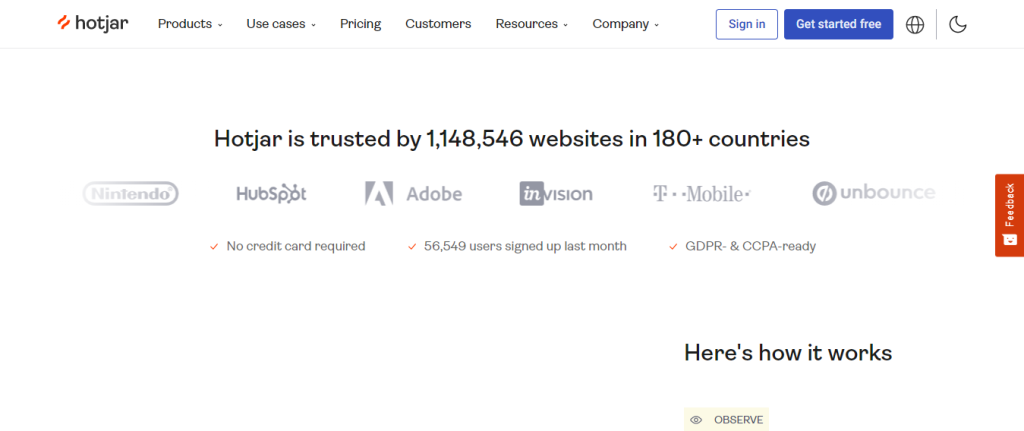
Also, feature real testimonials of your customers or any useful user-generated content on your landing pages and ads.
Use clear CTAs in your messaging
A good CTA should be direct, and actionable – it should clearly explain what you want your audience to do next. It should be placed where readers can see it right away. Also, use persuasive language like “Start Free Trial” or “Start for Free” instead of generic phrases like “Click Here” or “Try Now”.
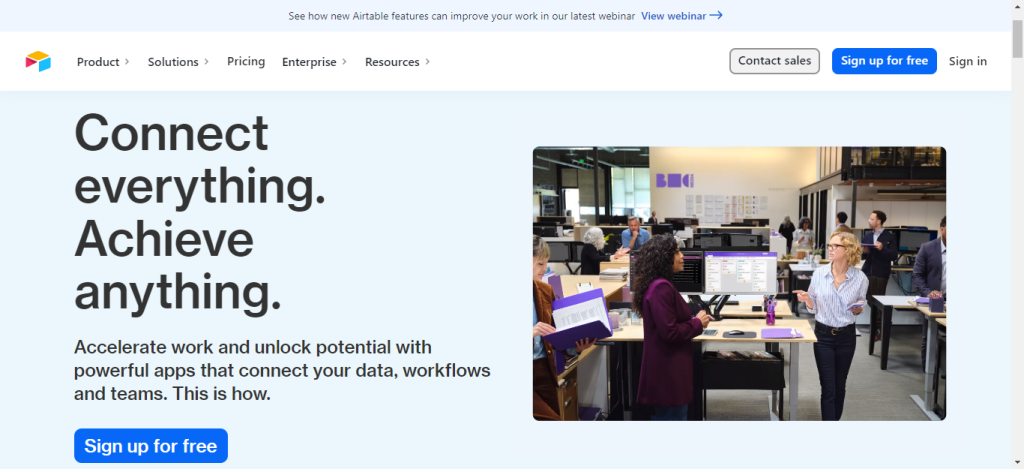
Airtable’s CTA is clear and persuasive
Applying the AIDA formula to write copy that converts
The AIDA formula is a powerful copywriting tool in SaaS product marketing. Here’s how you can apply it to increase engagement and maximize conversions.
Attention: Use attention-grabbing headlines and opening hooks to pique interest and entice readers to keep reading. This could include using numbers as part of the headline.
Interest: Raise interest by providing more details about what makes your product unique and how it can benefit customers. You can do this through storytelling or highlighting customer success stories.
Desire: Emphasize why customers need your product now rather than later. For example, you can focus on immediate benefits like cost savings, or increased productivity levels compared to competitors’ products.
Action: Guide potential buyers to convert into paying customers. Use clear CTAs so users know exactly what they need to do next.
Apply these steps in each of your SaaS product marketing copy to increase engagement rates while also boosting conversion rates significantly over time.
Top 3 SaaS products that write killer product copy
Here 3 of the best products that write really good copy that you can learn from.
Slack
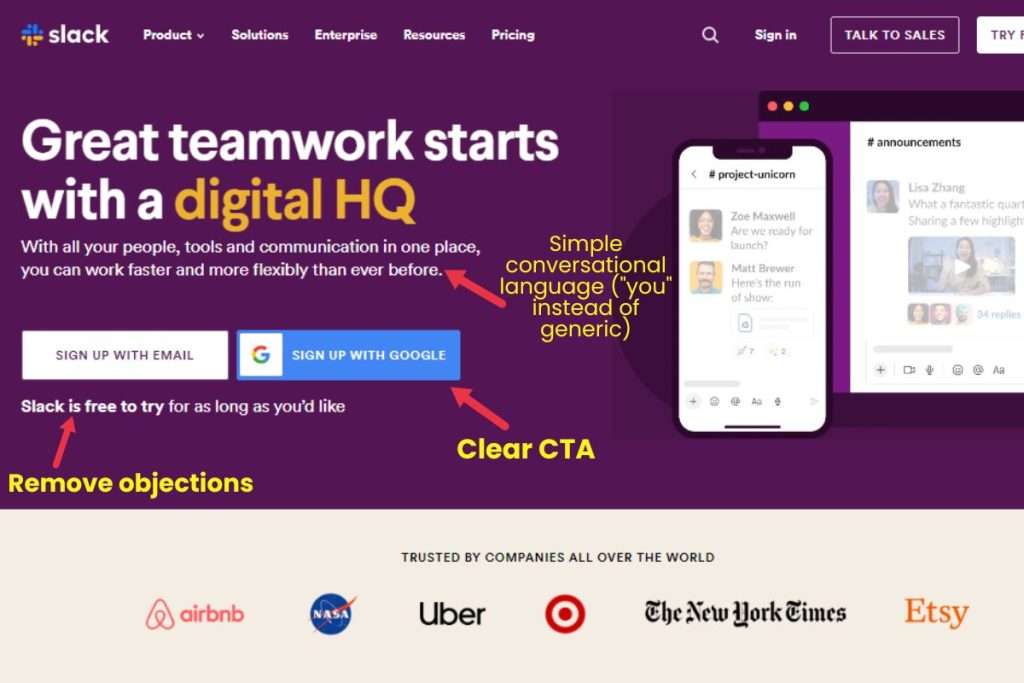
Slack’s user-centric approach reflects in their copywriting. The moment you land on the homepage you can clearly see what you can achieve with Slack – an effective digital platform for team communication.
They also handle objections with the ‘free to try’ clearly stated. And even though you see 2 CTAs, they’re simply giving you different options for the same goal: signing up.
They also use social proof by displaying some of their popular customers.
Loom
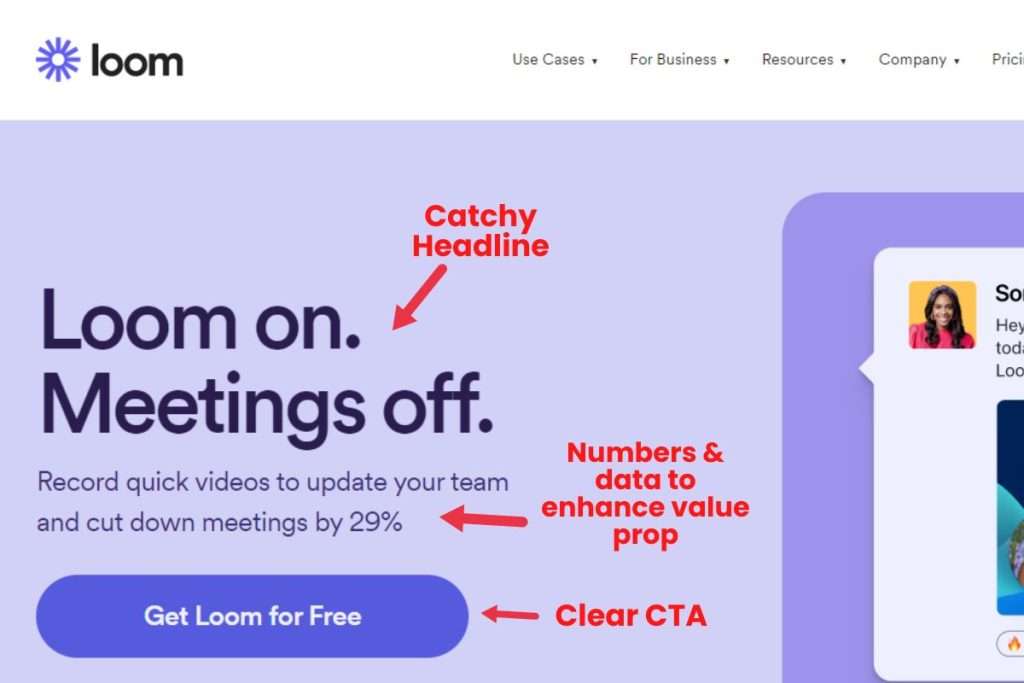
Loom has one main goal; to shorten the number of meetings. The headline communicates exactly that to address their ideal customer’s pain points. The copy beneath points out how to achieve that and they use numbers to strengthen their claim.
There are many more principles as you scroll through the homepage. We couldn’t list all of them.
Userlist
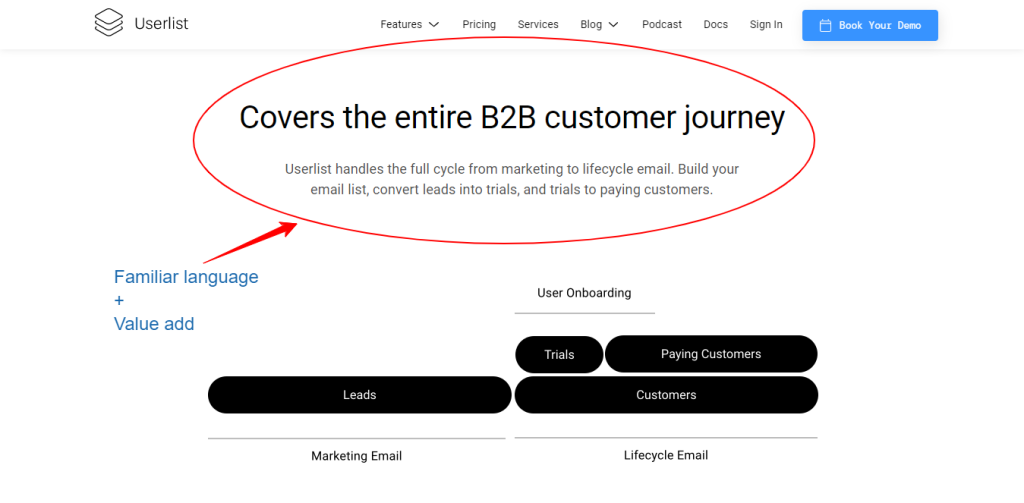
Userlist sells itself as the ideal email software for B2B companies. Their headline makes sure to highlight that. Notice in the copy below how they use terms that their target audience is familiar with.
When you scroll further down, they list all their features briefly describing the benefits of each. So right away you can know what you can achieve with them.
Conclusion
Writing killer product copy doesn’t need to be a daunting task. You just need to apply the right principles and know your product and your audience very well to create a compelling message that can really convert.

